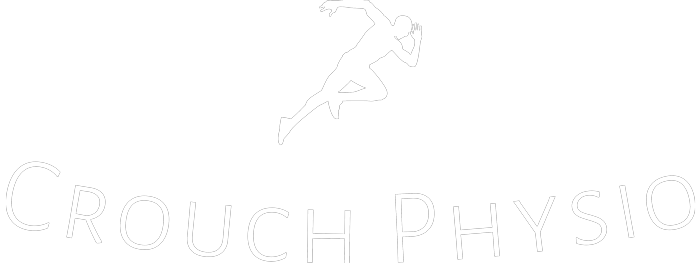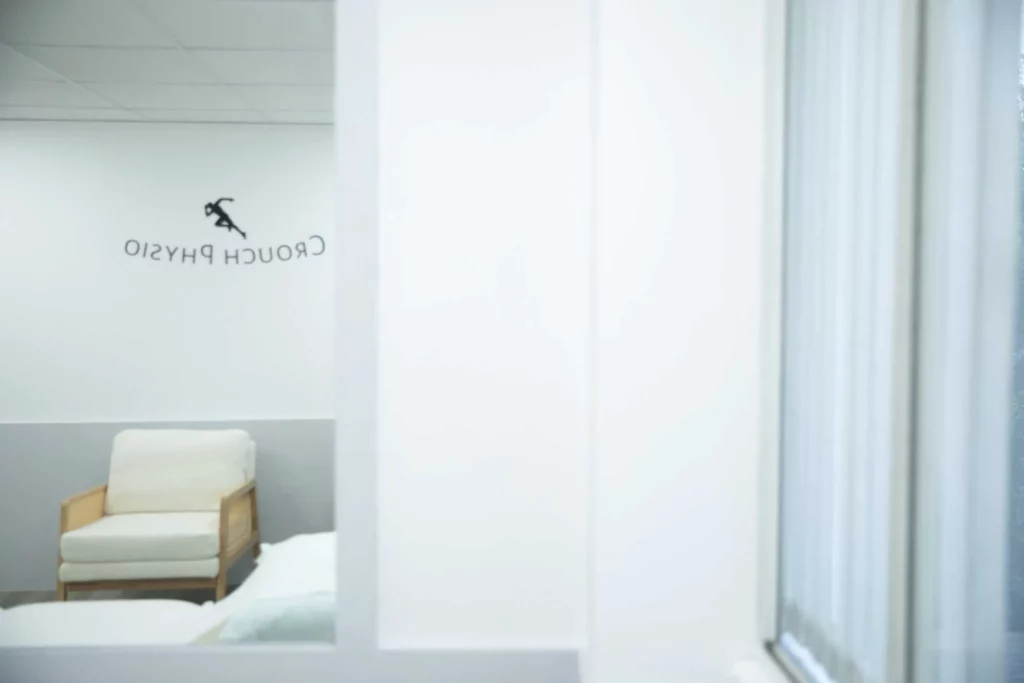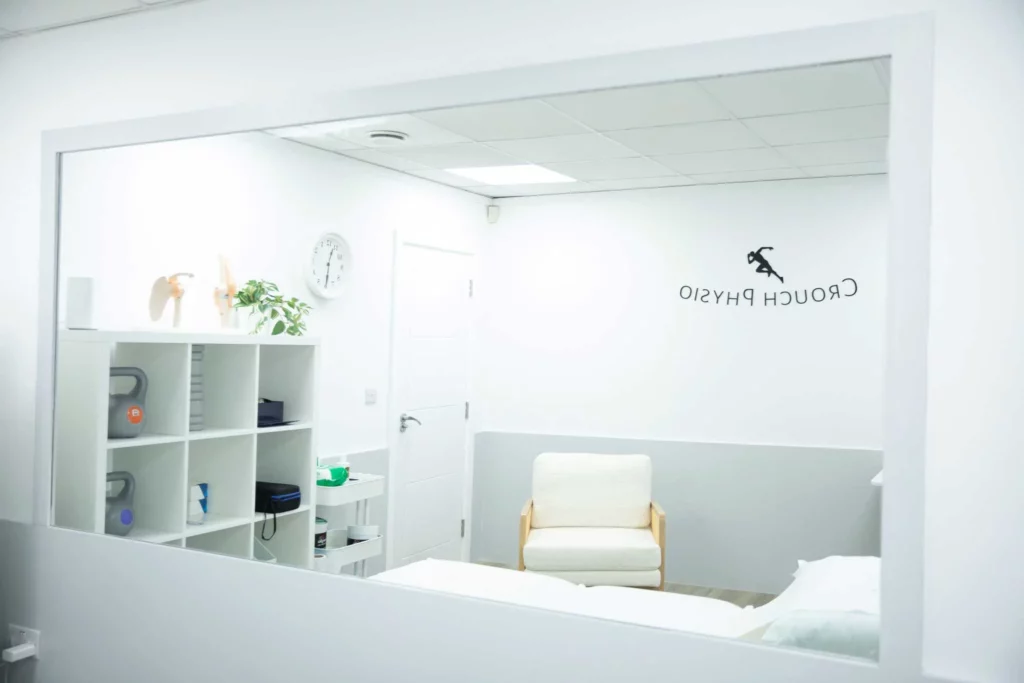Dealing with tennis elbow can feel like a long, frustrating battle with your own body. Whether you’re a weekend warrior on the courts or someone who’s never even touched a racquet, tennis elbow – also known as lateral epicondylitis – can strike anyone who repetitively uses their forearm and wrist. If you’re dealing with this annoying and often painful condition, here’s a breakdown of some key do’s and don’ts to help you recover, straight from a physiotherapist’s perspective, and backed by research.
What Exactly is Tennis Elbow?
Tennis elbow is essentially an overuse injury that leads to inflammation of the tendons connecting the forearm muscles to the outside of your elbow. Repeated stress causes tiny tears in these tendons, resulting in pain and tenderness around the joint. And it’s not just tennis players who experience this—painters, carpenters, and even those working at desks for long hours can develop it.
The Do’s
1. Do Rest (But Not Too Much)
Rest is vital when you first start feeling pain on the outside of your elbow. Research suggests that initial rest helps reduce inflammation and gives the tissues a chance to heal. However, too much rest can lead to stiffness and weakening of the muscles. Gentle activity can actually promote blood flow and assist in the healing process.
2. Do Strengthen Your Forearm Muscles
Strengthening the muscles around your elbow is key to your recovery. Research supports the use of eccentric strengthening exercises (where the muscle lengthens under tension) to reduce pain and improve function. These exercises help target the injured tendon, encouraging it to adapt and grow stronger (1).
Example: Try wrist extensions using a light dumbbell or resistance band.
3. Do Focus on Ergonomics
Whether you’re at work or play, making adjustments to how you use your arm can relieve the stress that led to tennis elbow in the first place. In the office, ensure your wrists are neutral when typing and use ergonomic tools to reduce strain. If you’re on the tennis court, working with a coach to improve your technique can help minimise unnecessary stress on your elbow (2).
4. Do Apply Ice
During the acute phase of tennis elbow (i.e., when the pain first starts), applying ice can help manage the pain and reduce swelling. Wrap some ice in a towel and place it on the painful area for 10–15 minutes at a time, a few times a day. But be cautious—prolonged icing can reduce blood flow and slow the healing process. In addition, forms of ice massage have shown to be effective in treating the condition in early phases of recovery (3).
5. Do See a Physiotherapist
If your tennis elbow isn’t improving after a few weeks of self-care, it’s time to see a physiotherapist. They can develop a personalised programme, including manual therapy and exercise protocols, tailored to your condition. Research suggests that hands-on techniques like soft tissue mobilisation and joint manipulation can reduce pain and improve mobility.
The Don’ts
5. Don’t Push Through the Pain
It might be tempting to “push through” the pain and continue your activities, but this is a sure-fire way to make things worse. Ignoring the pain and continuing repetitive activities can aggravate the injury, causing further tendon damage and extending your recovery time.
6. Don’t Overuse NSAIDs (Non-Steroidal Anti-Inflammatory Drugs)
NSAIDs like ibuprofen can help manage pain and inflammation, but over-relying on them can be counterproductive. Long-term use may mask the pain, leading you to inadvertently overuse the injured arm.
7. Don’t Skip Stretching
Stretching the muscles around your elbow helps to maintain flexibility and reduce tension in the tendons. One effective stretch is the wrist extensor stretch: Extend your arm in front of you with your palm facing down, then gently pull your fingers back with the opposite hand. Hold for 20–30 seconds and repeat several times a day (4). However, it is important to note that stretching would likely not assist too much in the early stages, more in the latter.
8. Don’t Overload Your Recovery
It’s great to be proactive in your recovery, but there’s a fine line between helpful strengthening and harmful overloading. Too much too soon can stress the healing tendon, setting you back. Start with low resistance and gradually increase the load as your pain decreases (5).
9. Don’t Forget to Address the Root Cause
Tennis elbow often arises from repetitive strain, poor mechanics, or muscular imbalances. Addressing these issues through changes in your work setup, sports technique, or strengthening routine is crucial for preventing a recurrence. If you don’t correct the underlying cause, your tennis elbow is likely to return.
Bonus Tip: Consider Eccentric Exercises for the Win
One technique widely supported by research is eccentric loading exercises. These exercises involve lengthening the muscle while it contracts and have been found to be particularly effective in treating tendon injuries like tennis elbow. Studies show that eccentric exercises help reduce pain and improve functionality. Consider adding them to your routine under the guidance of a physiotherapist (6).
Final Thoughts
Tennis elbow can be a frustrating injury, but by following these do’s and don’ts, you can significantly reduce your pain and speed up your recovery. Be patient, consistent with your rehabilitation, and most importantly, listen to your body. And remember, tennis elbow isn’t just for tennis players – whether you’re swinging a racquet, hammering nails, or typing away at your desk, knowing how to manage and prevent this condition is key to staying pain-free in the long term.
Our Barnet, Cockfosters & Enfield Physio’s have tons of experience and are specialists in dealing with all elbow issues. Have confidence that our specialist Physiotherapists will closely assess, diagnose & treat you in the correct & evidence-based way for all injuries. You can book an appointment here.
Blog By: Emre Oz (Musculoskeletal Physiotherapist at Crouch Physio).
References
1. Cutts, S., et al. “Tennis elbow: A clinical review article.” Journal of orthopaedics 17 (2020): 203- 207.
2. Stegink-Jansen, Caroline W., et al. “Lateral epicondylosis: a literature review to link pathology and tendon function to tissue-level treatment and ergonomic interventions.” Journal of Hand Therapy 34.2 (2021): 263-297.
3. Rashid, Huba Khamis, et al. “Current Physical Therapies Available for the Rehabilitation of Tennis Elbow: A.” (2022).
4. Yogarajan, K., et al. “Tennis Elbow Pain Reductibility by Eccentric Training in Combination with Isometric Contraction and Stretching Exercises.” NATURALISTA CAMPANO 28.1 (2024): 3156- 3162.
5. Pathan, Anam F., and H. V. Sharath. “A review of physiotherapy techniques used in the treatment of tennis elbow.” Cureus 15.10 (2023).
6. Chen, Zhiqing, and Nancy A. Baker. “Effectiveness of eccentric strengthening in the treatment of lateral elbow tendinopathy: a systematic review with meta-analysis.” Journal of Hand Therapy 34.1 (2021): 18-28.




